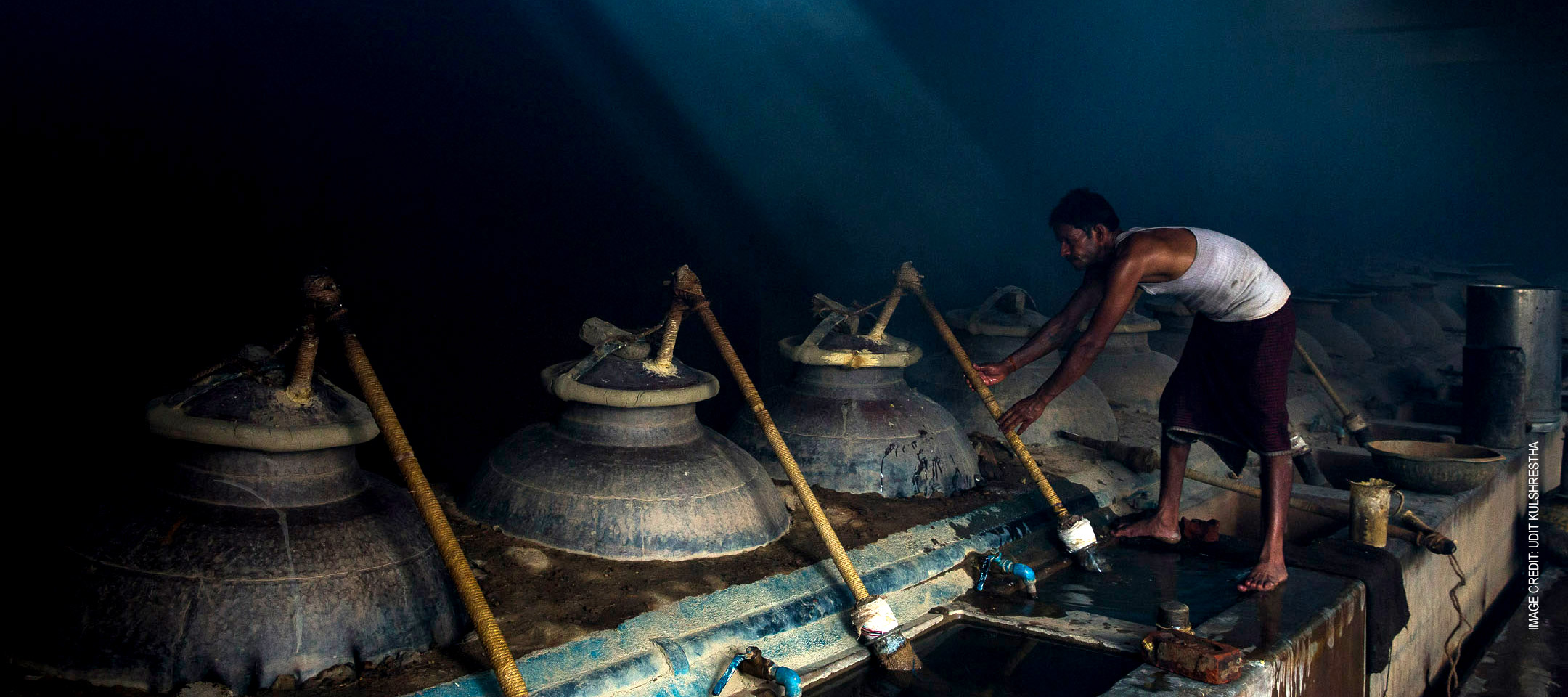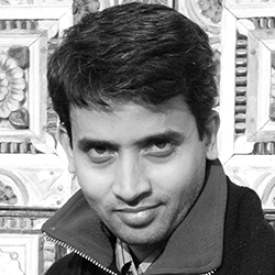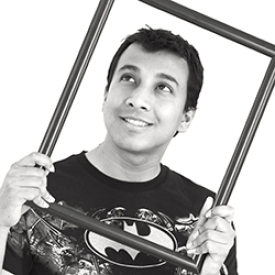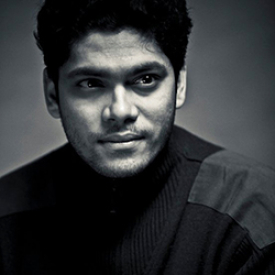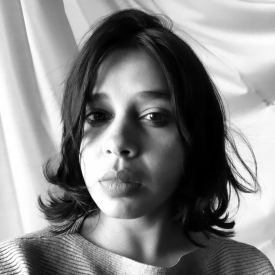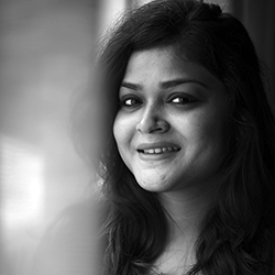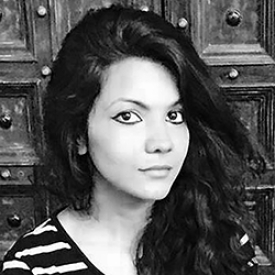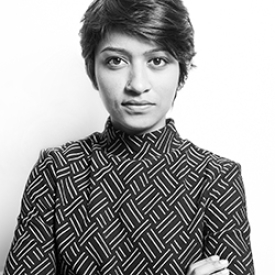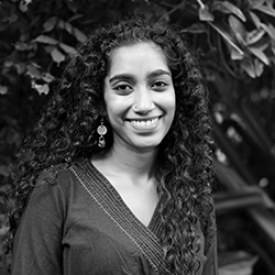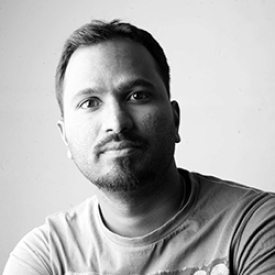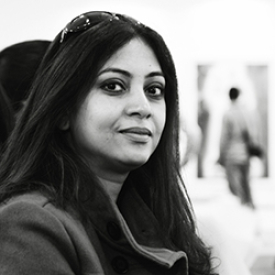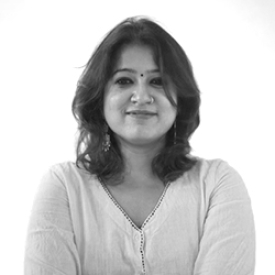We have our final 23 Grantees for the first edition of the Sahapedia Frames Photography Grants! We are truly overwhelmed by the enthusiastic participation and the quality of applications received. Our final Grantees were selected from over 300 applications, and it was not an easy task. What set them apart were their unusual subjects, unique perspectives, and of course, their skill as a photographer. Those of you who do not find yourselves on this list, there is a lot more to come for you - so follow us for updates and stay connected!
Here, in brief, are the projects the 23 Grantees worked on and link to their published photoessay on Sahapedia. Do check out their work which they have created with much hard work and in-depth research:
